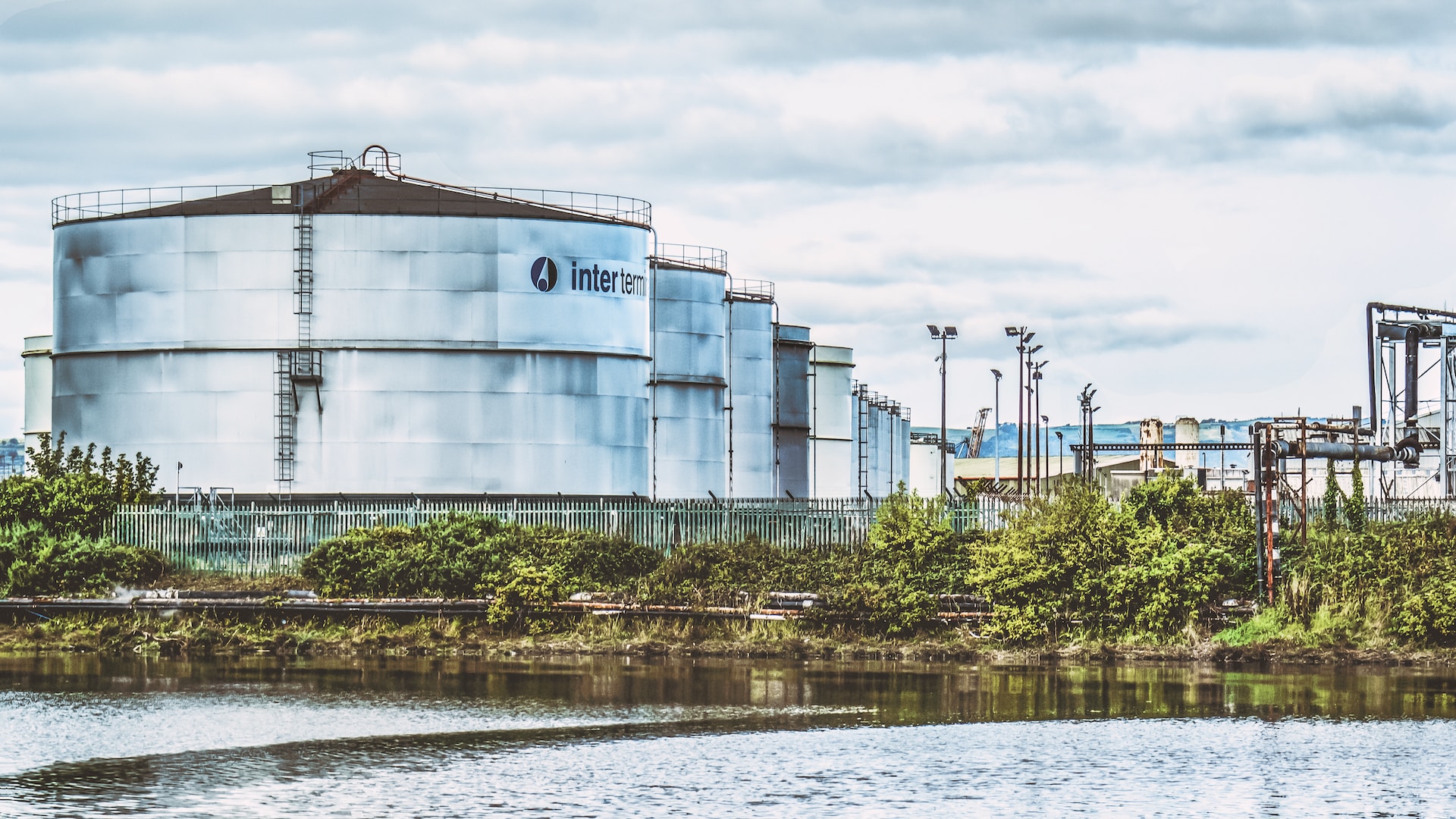
Tank cleaning is a critical process that ensures that storage tanks are free from contaminants, debris, and other substances that can compromise the quality of the product being stored. In the oil and gas industry, tank cleaning is an essential step in maintaining the integrity of the tanks and ensuring that they are safe for use.
What Is Tank Cleaning?
Tank cleaning removes contaminants, debris, and other substances from the interior of storage tanks. The process involves using specialised equipment and techniques to clean the tanks thoroughly. The aim of tank cleaning is to eliminate any residues that may contaminate and affect the stored product.
When Should You Clean Your Storage Tank?
You must regularly clean your storage tank to maintain longevity and prevent potential health hazards. The cleaning frequency depends on the tank’s contents and usage. For example, if the tank is used for water storage, it should be cleaned at least once a year to prevent bacteria growth and sediment buildup. If the tank is used for chemical storage, it should be cleaned more frequently to avoid chemical reactions and contamination.
Additionally, if you notice any unusual odour, discolouration, or debris in the tank, it is essential to clean it immediately to avoid any potential damage or health risks.
How Does Tank Cleaning Work?
Tank cleaning involves several steps, each of which is critical in ensuring that the tanks are thoroughly cleaned. The following are the steps involved in tank cleaning:
1. Pre-Cleaning Inspection
Before cleaning the tank, a pre-cleaning inspection is carried out to identify any potential hazards, such as toxic substances, flammable materials, or confined spaces. This assessment also helps to determine the type of cleaning equipment and techniques that will be used.
2. Tank Draining
The next step is to drain the tank of any remaining product. This is done using specialised pumps and hoses designed to remove the product from the tank without causing any damage.
3. Tank Ventilation
After draining the tank, it is ventilated to remove any remaining fumes or vapours. This process ensures that the cleaning process is performed safely and in a controlled environment.
4. High-Pressure Water Jetting
The next step is to use high-pressure water jetting to remove any contaminants and debris from the interior of the tank. This is done using specialised equipment designed to deliver water at high pressure to clean the tank effectively.
5. Solvent Cleaning
After the high-pressure water jetting, solvent cleaning is carried out to remove any remaining residues and contaminants. Specialised solvents are used to dissolve and remove stubborn residues.
6. Final Inspection
After the tank is cleaned, a final inspection is carried out to guarantee it is free from contaminants, debris, and other substances. The tank is then certified as safe for use.
Conclusion
Tank cleaning is a critical process that ensures the safe and efficient storage of products in the oil and gas industry. Through regular tank cleaning, companies can reduce the risk of contamination, ensure product quality, and maintain the integrity of their tanks.
For reliable industrial tank cleaning services, call ATM Tanks. We have been in the industry for more than 15 years, and our specialists are highly trained to deliver the best quality of work while adhering to standards. Request a quote now!
- How to Fix Common Tank Problems Efficiently - March 30, 2025
- Understanding the Benefits of Concrete Tank Liners - March 30, 2025
- Why Tank Cleaning Services Are Essential for Longevity - March 30, 2025





